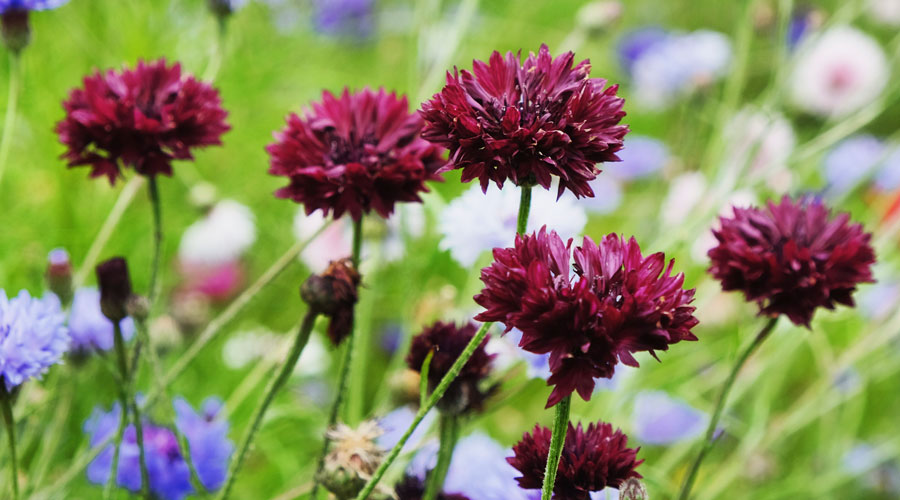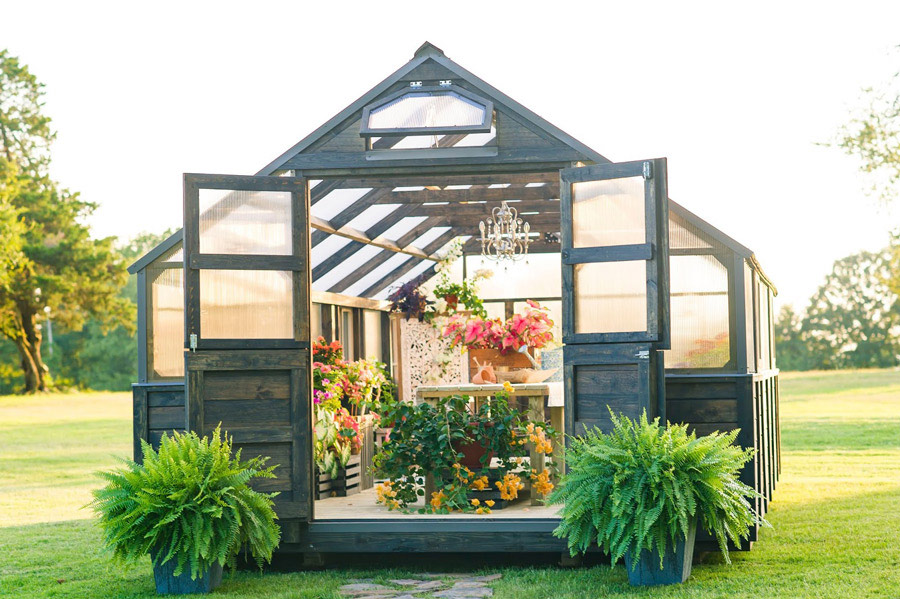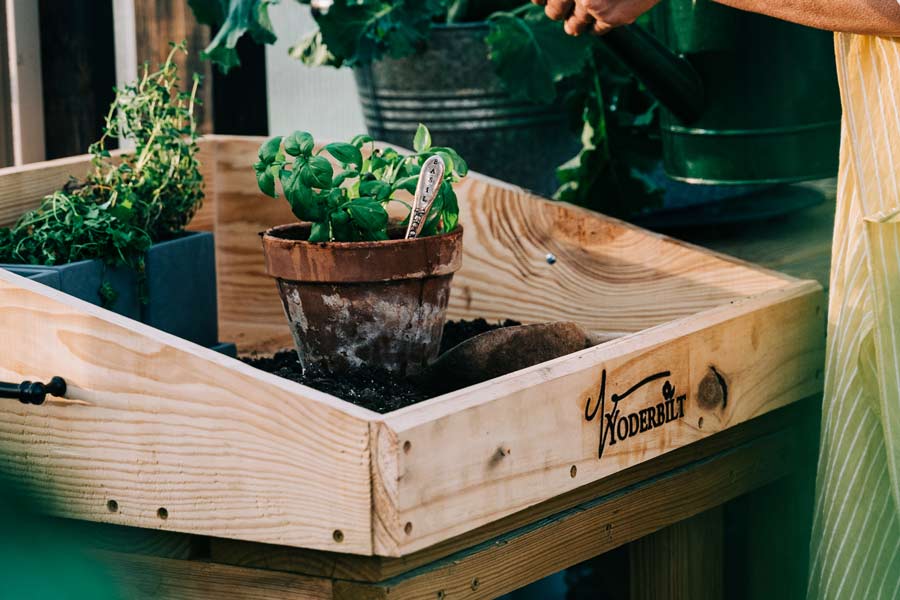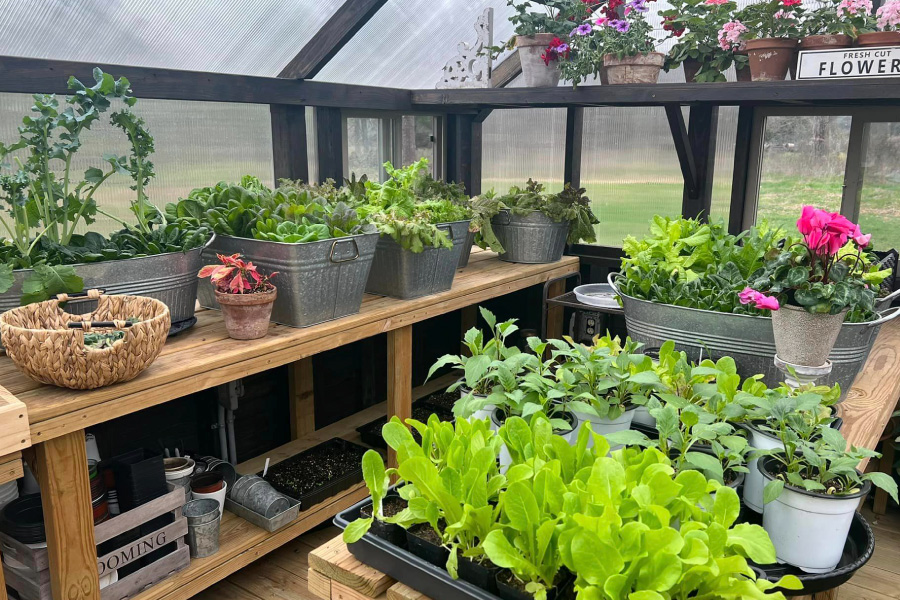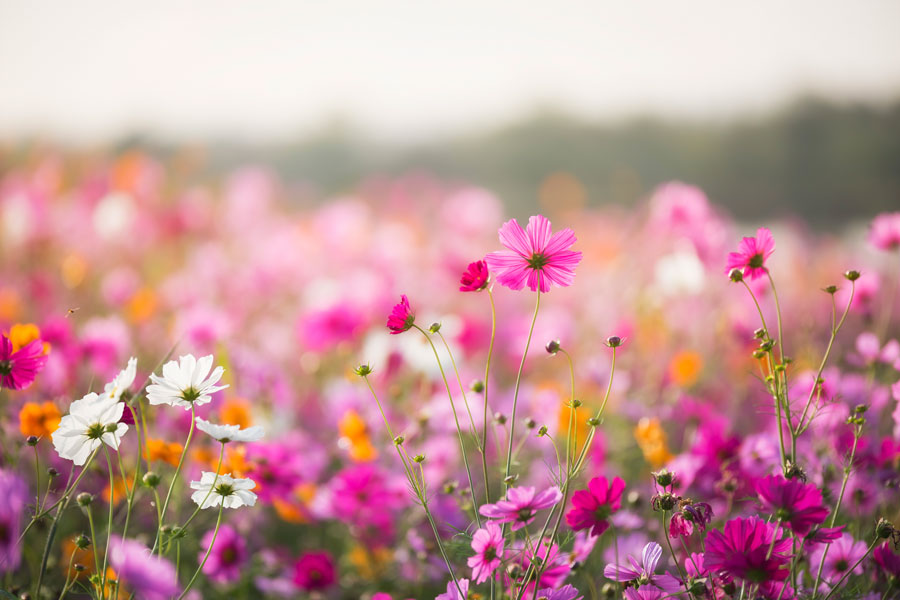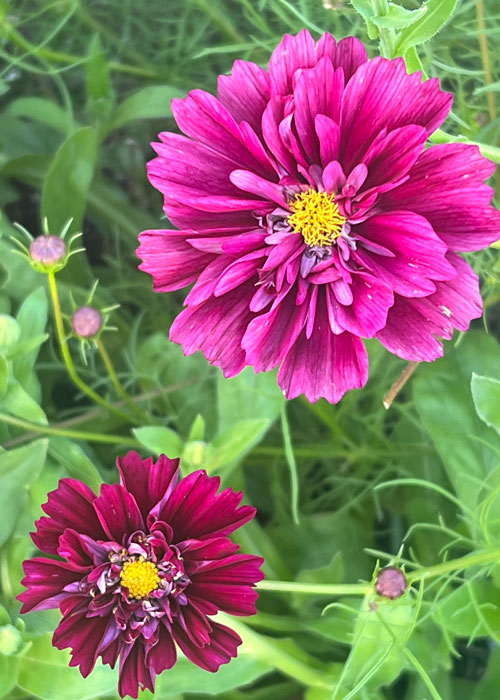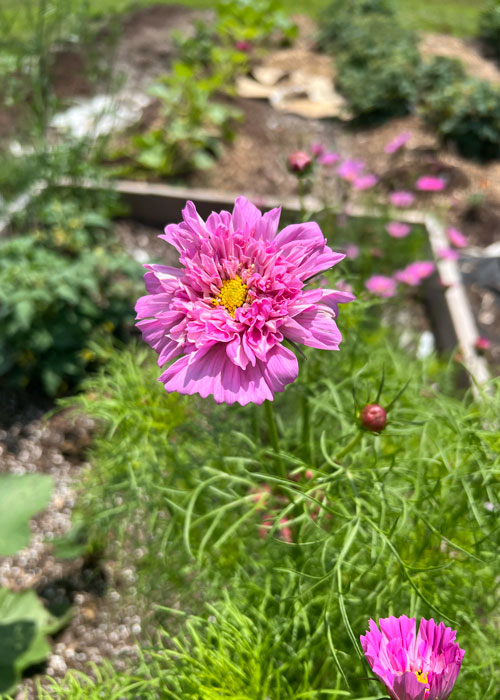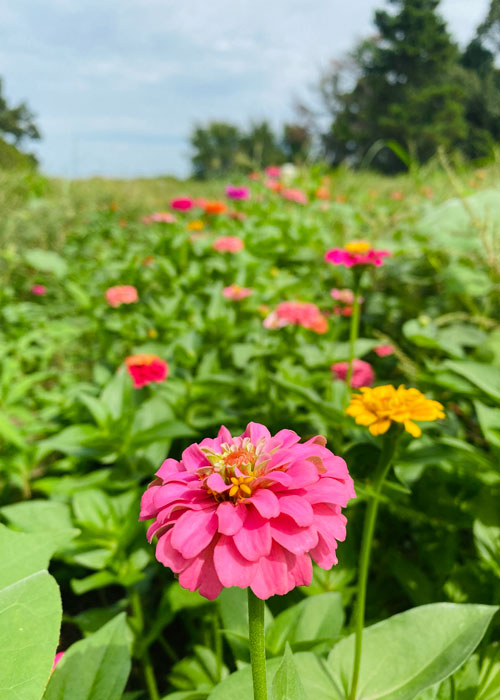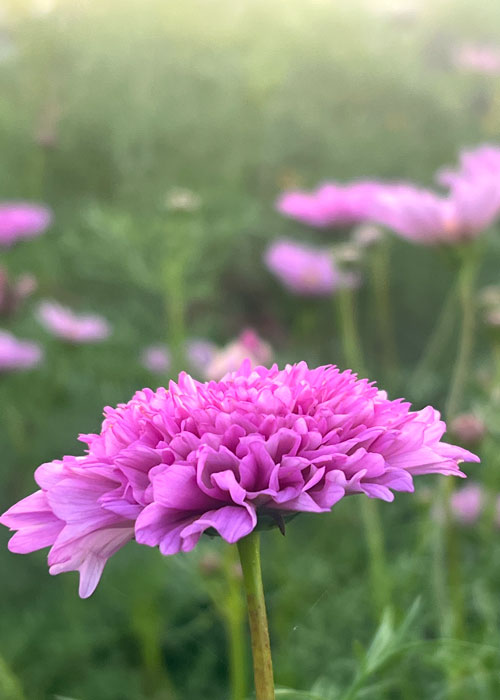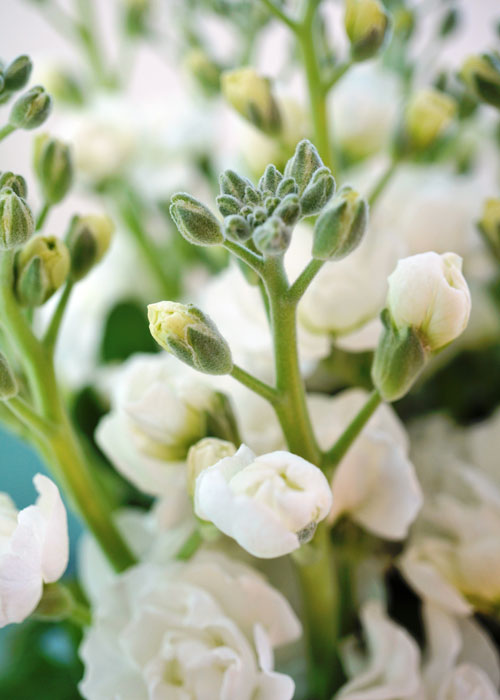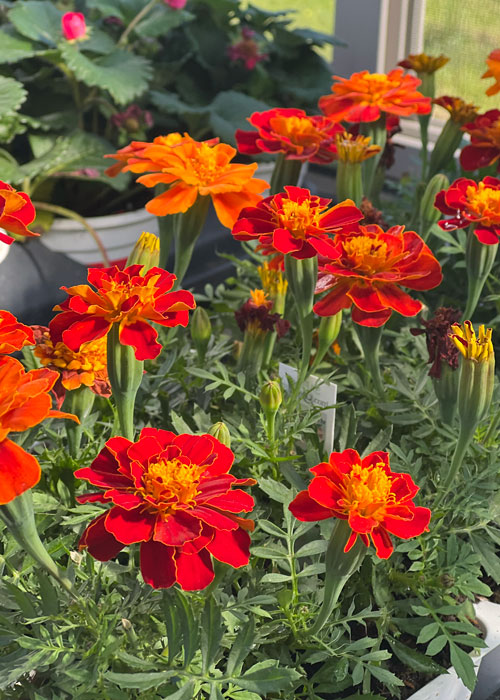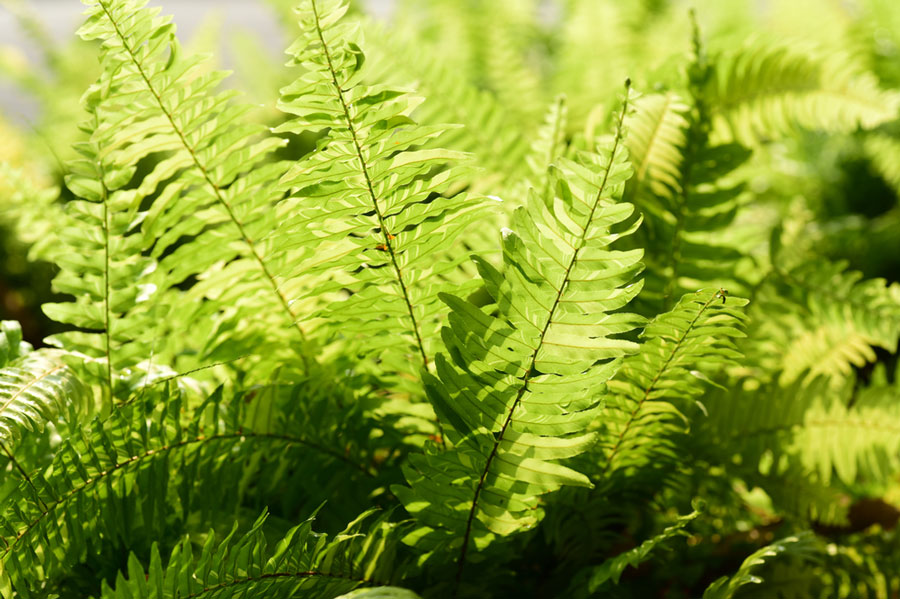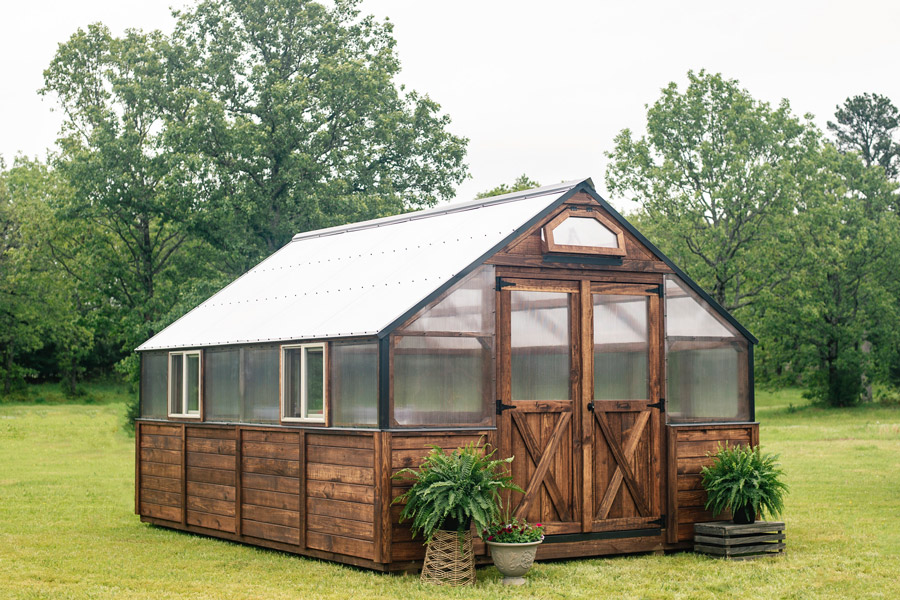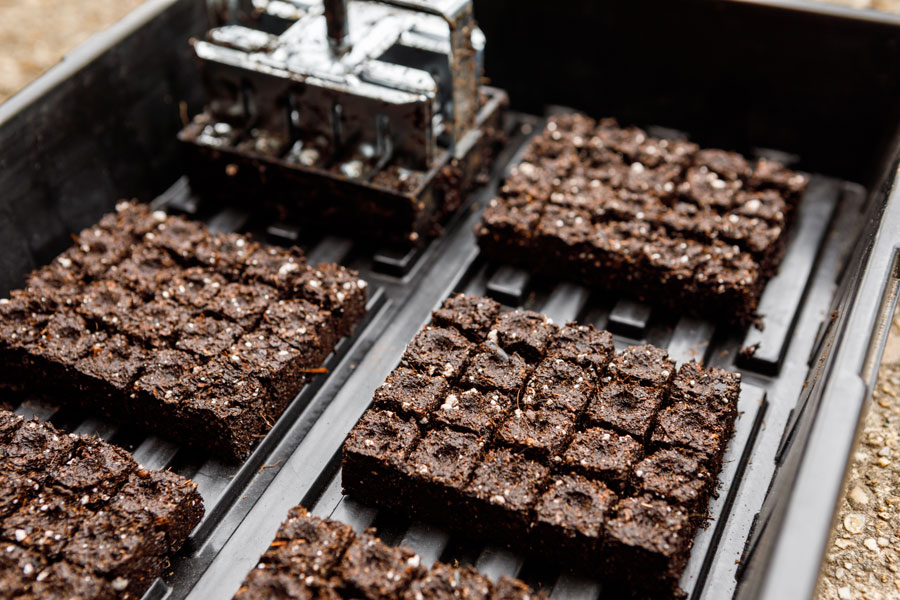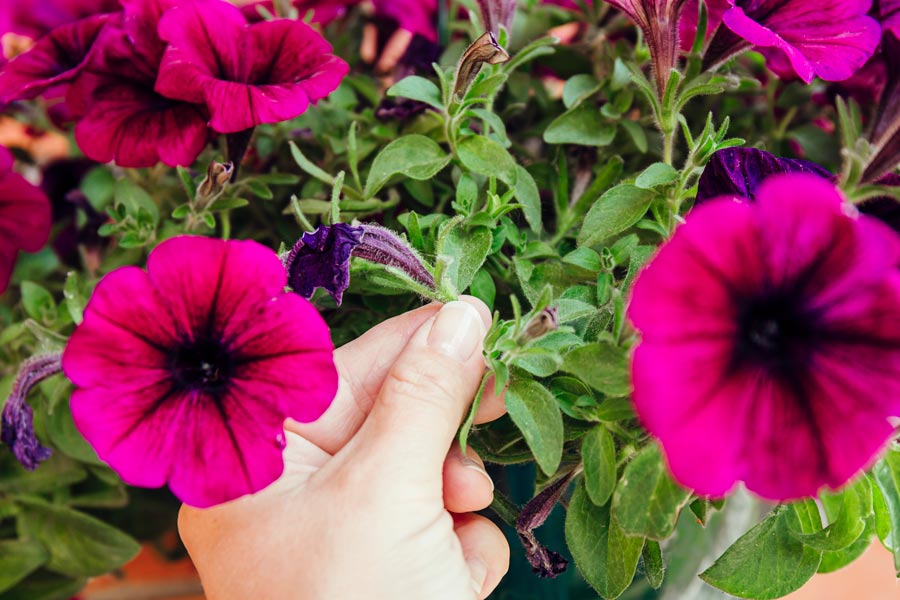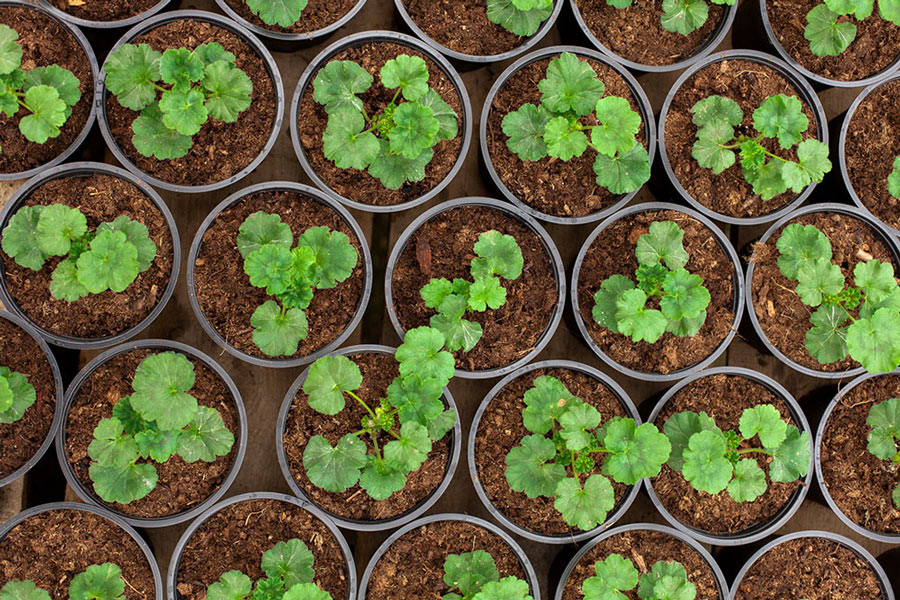Cut-and-Come-Again Flowers: A Gardener’s Guide to Continuous Blooms
In the world of gardening, few things are as rewarding as the sight of vibrant blooms gracing your garden beds. However, maintaining a constant display of flowers throughout the season can be a challenge. Enter "Cut and Come Again" flowers – a gardener's secret weapon for ensuring a continuous supply of blooms. In this comprehensive guide, we'll explore the science behind this activity, when and how to do it, its importance, and a curated list of favorite flowers that thrive with this method.
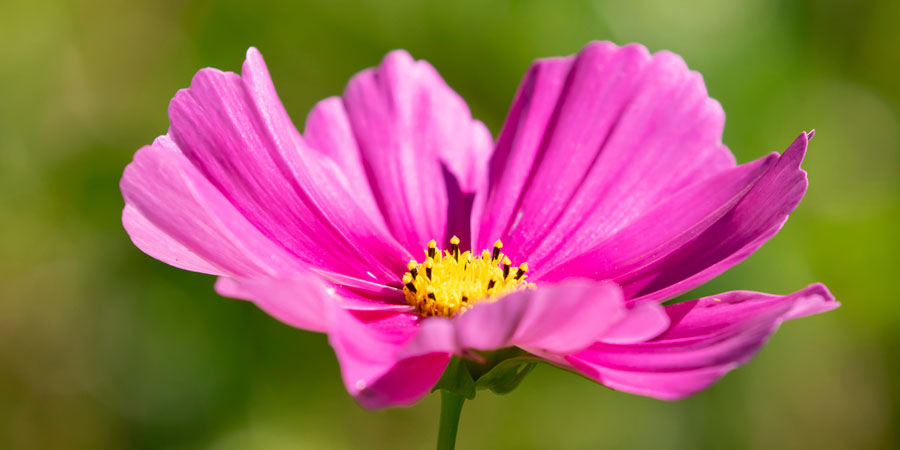
Understanding the Science
The concept of "Cut and Come Again" revolves around the natural regenerative capacity of certain plants. When you cut a flower stem, it stimulates the plant to produce more blooms as a survival response. This process, known as apical dominance, encourages lateral bud growth, resulting in bushier plants with more flowers. Essentially, by harvesting blooms, you're promoting continuous growth and flowering. The more you cut, the more they bloom.
When to Cut
Timing is crucial when employing the "Cut and Come Again" technique. It's best to harvest flowers early in the morning or late in the afternoon when they're well-hydrated and at their freshest. Regular deadheading – the removal of spent blooms – is also essential to encourage new growth. By consistently removing faded flowers, you prevent the plant from directing energy toward seed production and instead focus it on generating new blooms.
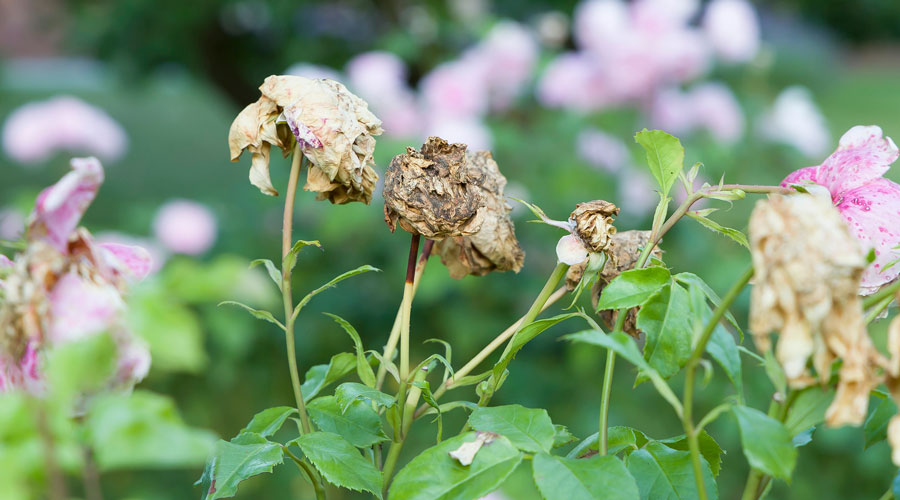
The Importance
The benefits of "Cut and Come Again" extend beyond aesthetic appeal. By regularly harvesting flowers, you're not only ensuring a constant supply of blooms for bouquets but also promoting the overall health and vigor of the plant. Continuous harvesting prevents the plant from exhausting itself by producing seeds, allowing it to redirect energy towards foliage and flower production. Additionally, the act of cutting encourages branching, resulting in fuller, more robust plants.
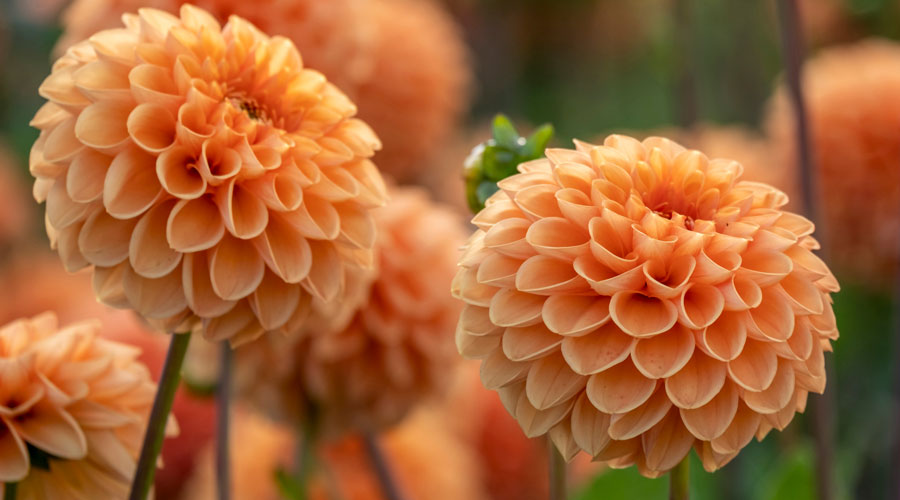
My Favorite Cut and Come Again Flowers
Zinnias
These vibrant annuals come in a rainbow of colors and produce abundant blooms throughout the season. Regular cutting encourages branching and prolongs the flowering period.
Cosmos
With delicate, daisy-like flowers, cosmos are prolific bloomers that thrive with frequent cutting. They add a whimsical charm to any garden.
Dahlias
Known for their stunning variety of colors and forms, dahlias are a favorite among flower enthusiasts. Regular deadheading ensures a continuous display of their intricate blooms.
Sweet Peas
Fragrant and graceful, sweet peas are classic cut flowers that benefit from regular harvesting. The more you cut, the more they'll bloom.
Marigolds
These cheerful annuals are not only easy to grow but also respond well to regular cutting, producing an abundance of bright blooms.
I start all of the above by seed in my greenhouse in late winter and early spring and then transplant out into my garden. Although, I’ve also grown them all winter and let them blossom in the greenhouse.
My Personal Tip
I have found some things that make this an easy part of my gardening routine. Whether it's the vibrant hues of winter geraniums, the delicate petals of petunias, or the cheerful blooms of zinnias, these resilient plants offer a continuous harvest throughout the growing season – or if you have Yoderbilt Greenhouse, throughout the winter months. I've established a routine of dedicating a specific day of the week, usually a weekend morning, to make sure I not only deadhead but cut my flowers deeply.
This regular schedule not only ensures a steady supply of fresh blooms but also prevents me from feeling overwhelmed by the maintenance tasks. In my greenhouse, everything is right there contained in that space making it such an easy but rewarding task. Out in the garden and on my patio and porches, they add splashes of color and fragrance, transforming outdoor spaces into such beautiful spots.
Whether it's snipping a few stems for a bouquet to enjoy or give away to a friend or simply enjoying their beauty in my garden, cut-and-come-again flowers have become indispensable elements of my gardens – both inside the greenhouse and out.
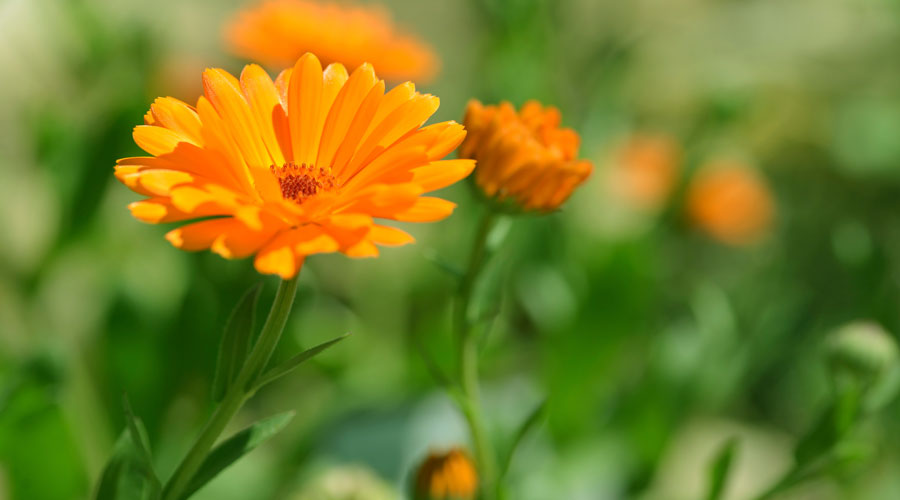
More to Try
- Snapdragons: With their tall spikes of colorful blooms, snapdragons are excellent for adding height and texture to floral arrangements.
- Calendula: Also known as pot marigold, calendula produces bright, cheerful flowers that are not only beautiful but also edible and medicinal. I grew this for the first time a few years ago and fell in love!
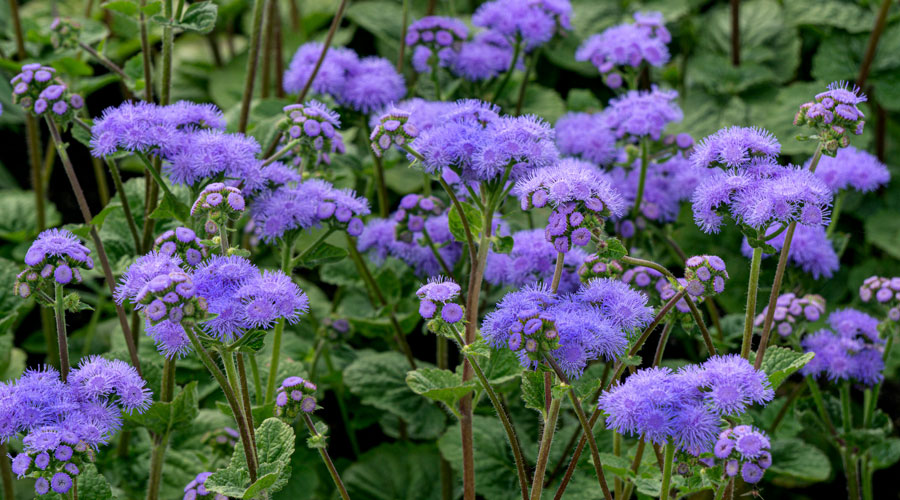
- Ageratum: Known for its fluffy clusters of small, fuzzy flowers, ageratum is a charming addition to both garden beds and containers.
- Salvia: This versatile plant offers a wide range of flower colors and sizes, attracting pollinators while providing ample material for cutting.
- Bachelor's buttons: Also called cornflowers, bachelor's buttons produce charming, fringed blooms in shades of blue, pink, white, and purple.
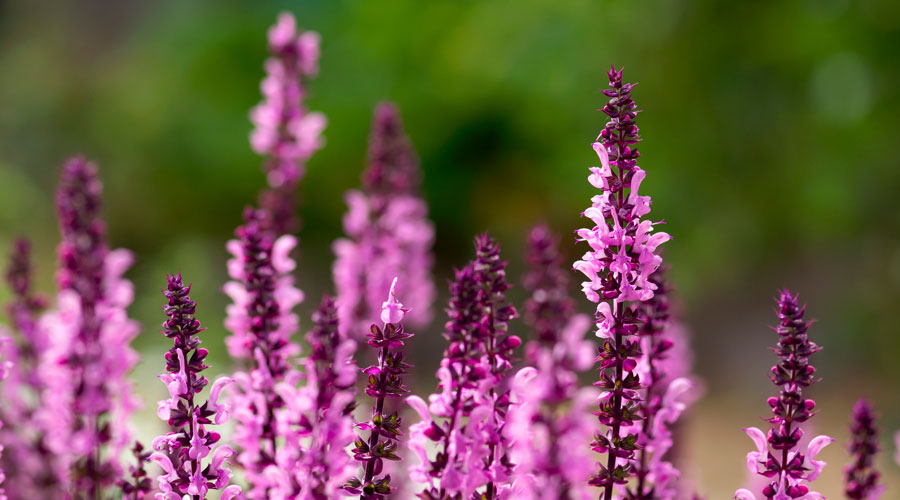
Incorporating "Cut and Come Again" flowers into your garden not only guarantees a constant supply of blooms for bouquets but also promotes plant health and vitality. By understanding the science behind this technique and applying it diligently, you can enjoy a flourishing garden brimming with beauty throughout the growing season. So, roll up your sleeves, sharpen your shears, and let your garden dazzle with the wonders of continuous blooms.
